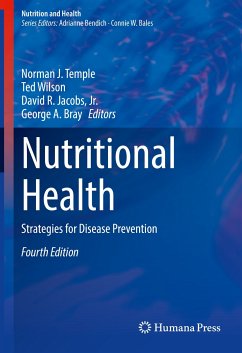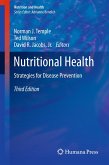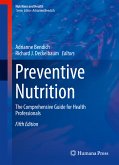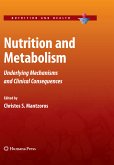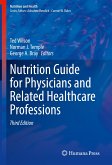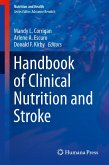The book starts with a discussion of the nature of nutritional research then moves into an overview of the most important aspects of the complex interactions between diet, its nutrient components, and their impacts on disease states, and on those health conditions that increase the risk of chronic diseases. Parts three and four discuss diet and include new chapters on the Mediterranean diet, the DASH diet, the flexitarian diet, and the low-carbohydrate diet. The final two parts of the book discuss emerging trends in nutrition science, such as gut microbiome and sustainable diet, and areas of controversy in nutrition, such as the influence of the food industry and dietary supplements.
Up to date and comprehensive, Nutritional Health: Strategies for Disease Prevention, Fourth Edition offers physicians, dietitians, and nutritionists a practical, data-driven, integrated resource to help evaluate the critical role of nutrition.
Dieser Download kann aus rechtlichen Gründen nur mit Rechnungsadresse in A, B, BG, CY, CZ, D, DK, EW, E, FIN, F, GR, HR, H, IRL, I, LT, L, LR, M, NL, PL, P, R, S, SLO, SK ausgeliefert werden.

